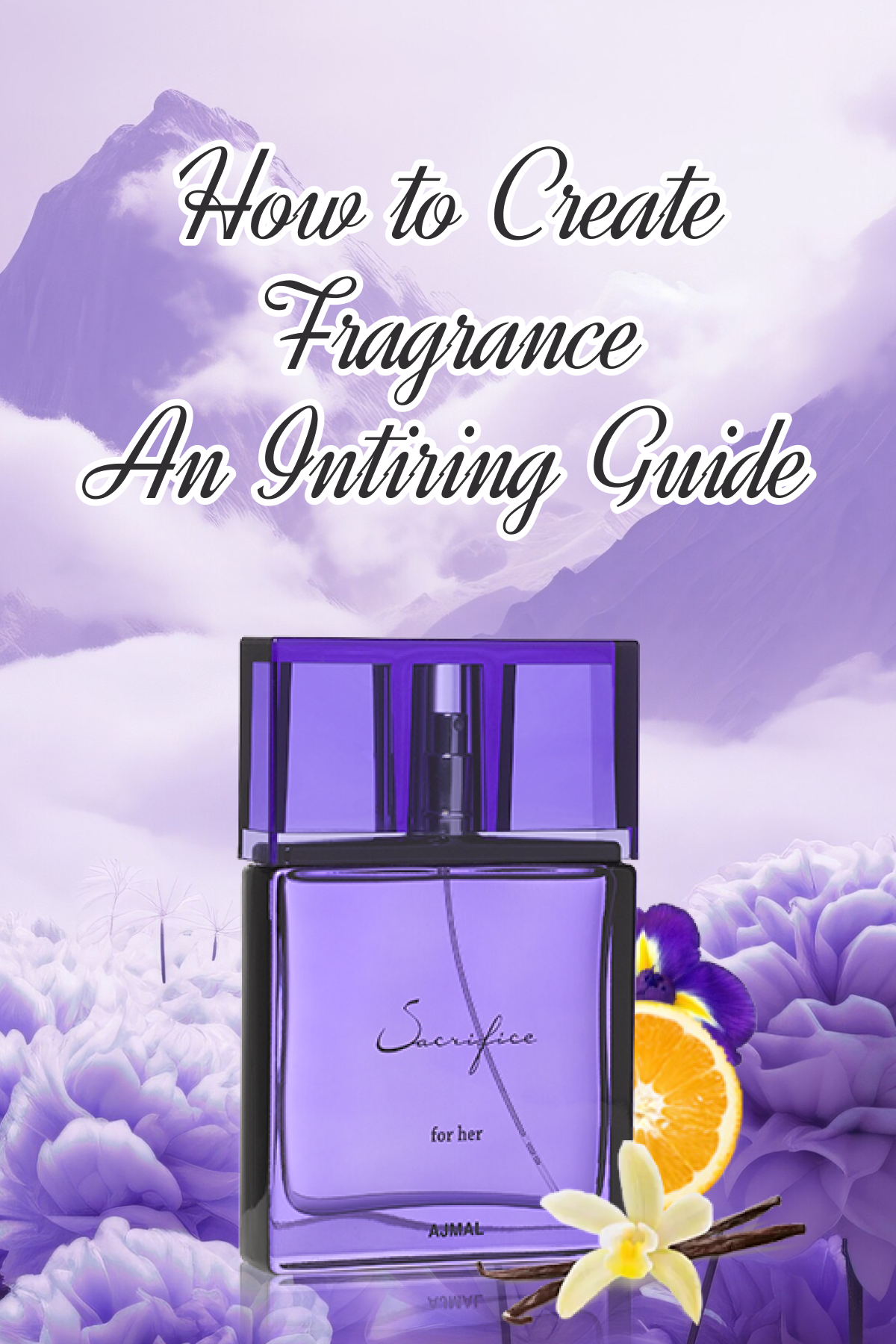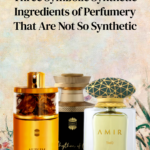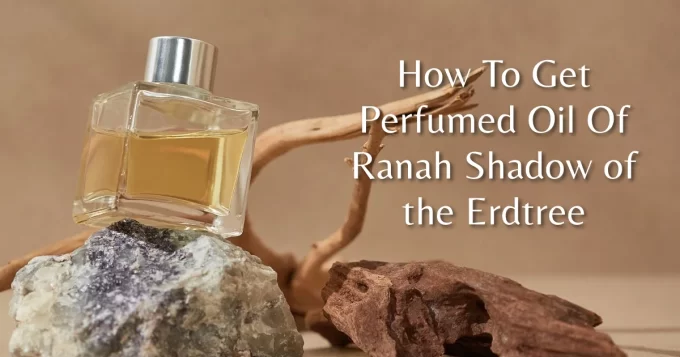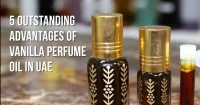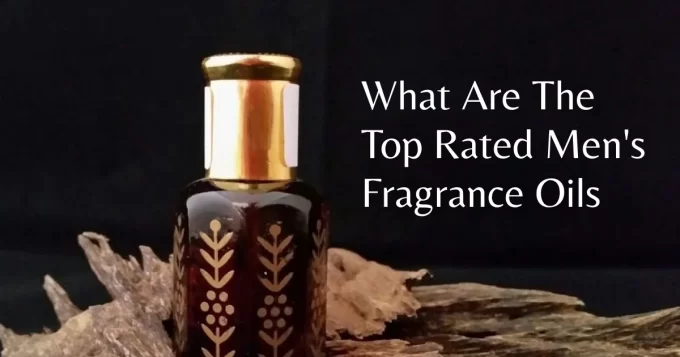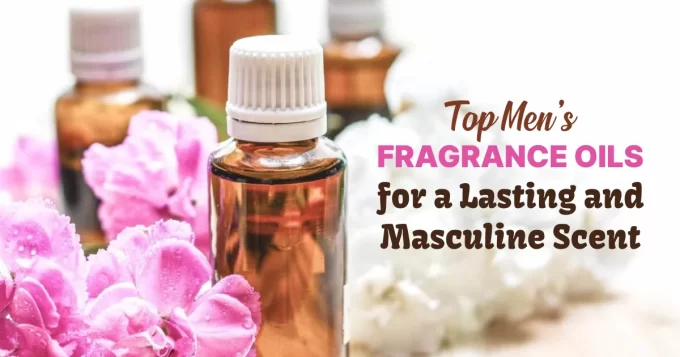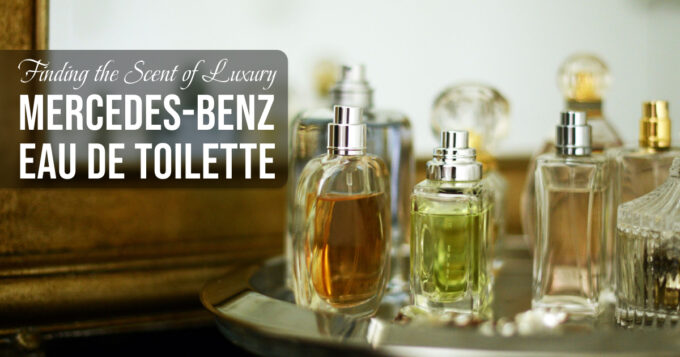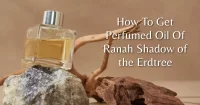How to Create Fragrance: An Intiring Guide
Making your own distinctive, customized scent is an intriguing and fulfilling endeavor. The once mysterious craft of creating fruity perfumes is now more approachable than ever for the imaginative and inquisitive person.
This thorough beginner’s guide will bring you through the necessary steps to begin your perfume-making adventure, regardless of your goals—creating a distinctive scent, producing thoughtful gifts for loved ones, or just exploring the olfactory world.
Knowing the Fundamentals of Fragrance Formulation
Every perfume is composed of a carefully chosen blend of aromatic ingredients, each of which is essential to the overall fragrance character. Three primary groups of notes are commonly seen in perfumes:
- Top Notes: When you first apply a fragrance, these are the first smells you notice. They usually offer a rush of aroma and are light, fresh, and volatile. Light florals, citrus, and herbs are typical top notes.
- Middle (Heart) Notes: These smells, often referred to as the heart notes, start to show when the top notes start to diminish. They supply the primary aroma and constitute the fragrance’s center. Aromas with flowery, spicy, and balsamic accords are common heart notes.
- Base Notes: These notes give the perfume its depth, complexity, and longevity. They also remain the longest. Base notes, such woody, musky, or resinous accords, are usually rich, warm, and more enduring.
Gaining Expertise in Fragrance Creation
Now that you know the fundamental components of a perfume, let’s get started on the detailed steps involved in making your own scent:
- Assemble Your Materials: Gather all required supplies and equipment, such as tiny vials or bottles, alcohol (if preferred), essential oils, and carrier oils, as well as a spotless work surface.
- Try Different Scent Combinations: Start by experimenting with various blends of essential oils and seeing how they change and interact over time. As you acquire skill, progressively develop complexity by starting with a simple 3-note scent.
- Ascertain the Concentrations of Fragrances: Choose the concentration and strength of your scent that you like. For a natural perfume, typical ratios are 10–20% of essential oils in a carrier (such as jojoba or fractionated coconut oil), or 15–25% of essential oils in an alcohol-based solution for a classic eau de parfum.
- Blend and soak: After measuring and combining your chosen essential oils and carrier with care, let the mixture soak for at least two to four weeks, giving it a gentle shake every few days. The aromas have time to blend and develop during this resting period.
- Modify and Enhance: Following the steeping time, evaluate your product. Does it call for a specific note, more or less? To fine-tune the scent and get the desired outcome, add little amounts of more oils.
- Bottle and Label: After you’re happy with the perfume, pour it into the vials or bottles of your choice. Make sure to include the contents, date, and any other pertinent information on the label of each creation.
Tricks & Methods for Fragrances
Additionally, bear the following in mind as you navigate the realm of do-it-yourself perfumery:
To achieve the best effects, spend money on pure, high-quality essential oils.
Initiate tiny quantities to facilitate trial and error.
• For distinctive aroma profiles, think about using unusual, uncommon, or seasonal items.
• Learn about the many extraction techniques, like enfleurage and steam distillation.
• To improve longevity, try layering perfumes and applying fixatives.
• Take thorough notes on your projects so you can monitor your development and tastes.
Getting Good Ingredients
The quality of the raw ingredients is the cornerstone of any superb scent. Prioritize authenticity, potency, and purity when choosing your essential oils, carrier oils, and any additional additions.
Select reliable vendors who sell therapeutic-grade, organic essential oils devoid of artificial compounds. This guarantees that the palette you use to create your distinctive scents is of the highest caliber.
Fragrance Layering: An Art Form
Mastering the technique of layering various smell notes is essential to producing intricate, long-lasting perfumes. First, decide which notes you want to blend in the top, medium, and base range.
Try different ratios and combinations until you have the right olfactory profile. Keep in mind that different notes have different levels of volatility, so you’ll need to modify the amounts appropriately.
Including Restoratives
Fixatives are substances that aid in stabilizing and extending a perfume’s shelf life. Common natural fixatives are musks originating from animals, balsams, and resins.
The lighter, more transient top and middle notes are anchored by these thick, slowly vanishing substances, giving your creation long-lasting strength on the skin.
Accept the Craft of Fragrance Creation
Making your own distinctive fragrance is a very fulfilling and intimate process. You can discover the intriguing world of aromatics, unleash your creative potential, and create a one-of-a-kind scent that expresses your distinct style and personality via the art of perfume manufacturing.
So prepare yourself, let your imagination run wild when it comes to scent, and set off on an aromatic adventure that will awaken your senses and take you to worlds of custom-made, pure fragrance. Happy creating fragrances!


